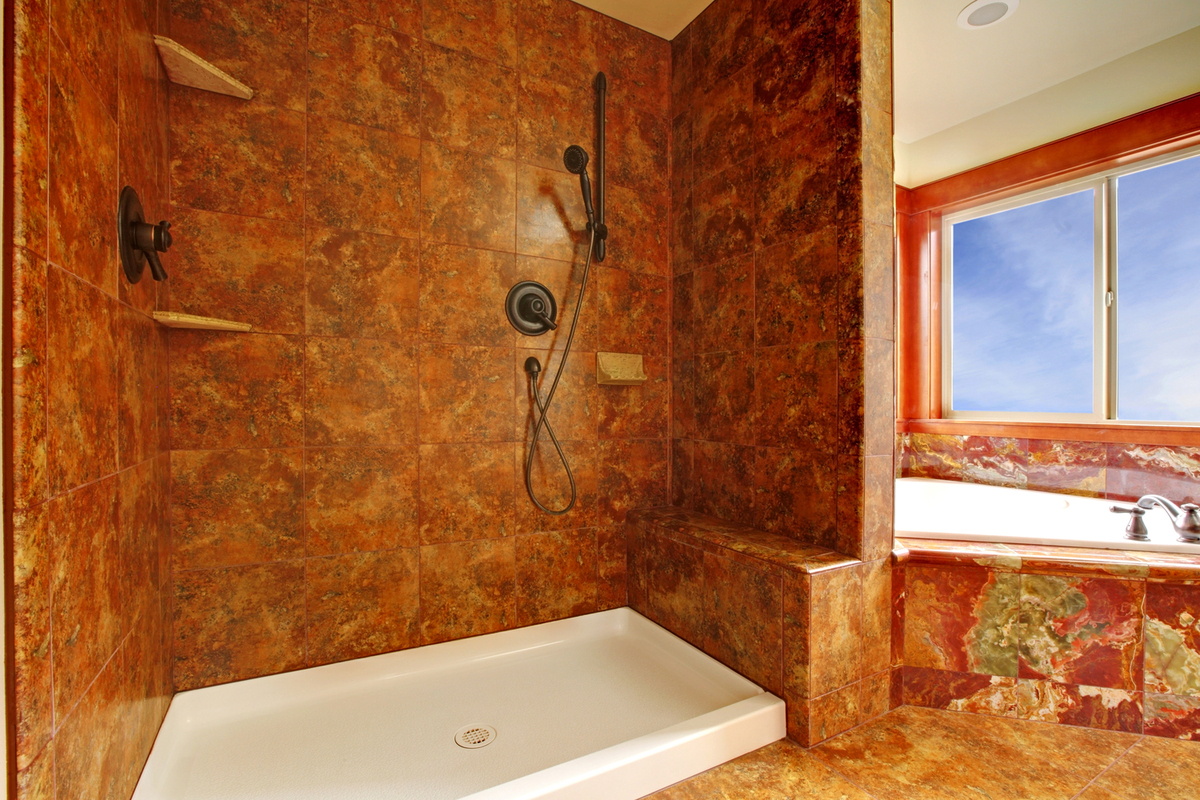Understanding Walk-In Baths and Showers: Assisted Bathing Grants for Enhanced Accessibility

As the population ages, the need for accessible bathing solutions becomes increasingly important. Walk-in baths and showers offer a safe and convenient option for individuals with mobility challenges. Additionally, various grants are available to assist in funding these essential home modifications. This article explores the benefits of walk-in baths and showers, the types of assisted bathing grants available, and how to apply for these grants to improve home accessibility.
Walk-in baths and showers are designed to provide a safer and more comfortable bathing experience for individuals with limited mobility. These fixtures typically feature low thresholds, non-slip surfaces, built-in seating, and handrails, making it easier for users to enter and exit without the risk of slipping or falling. The benefits of walk-in baths and showers extend beyond safety; they also offer therapeutic advantages such as hydrotherapy, which can help alleviate pain and improve circulation. For many individuals, the cost of installing a walk-in bath or shower can be a significant barrier. Fortunately, there are several grants and financial assistance programs available to help cover these expenses. These grants are often provided by government agencies, non-profit organizations, and local community programs. One of the most well-known sources of funding is the Home Improvement Agency (HIA) grant, which is available to eligible homeowners and tenants. This grant can be used to cover the cost of various home modifications, including the installation of walk-in baths and showers. Another valuable resource is the Disabled Facilities Grant (DFG), which is available in many regions. The DFG provides financial assistance to disabled individuals who need to make essential adaptations to their homes. This grant can cover a wide range of modifications, including the installation of accessible bathing facilities. To qualify for a DFG, applicants must undergo an assessment by an occupational therapist to determine their specific needs. In addition to government grants, there are also charitable organizations that offer financial assistance for home modifications. For example, the Independence at Home charity provides grants to individuals with long-term illnesses or disabilities to help them live more independently. These grants can be used for various purposes, including the installation of walk-in baths and showers. Applying for an assisted bathing grant typically involves several steps. First, it is important to research the available grants and determine which ones you may be eligible for. Next, gather the necessary documentation, such as proof of income, medical records, and a detailed description of the required modifications. It may also be helpful to obtain a quote from a reputable contractor for the installation of the walk-in bath or shower. Once you have gathered all the necessary information, you can submit your application to the appropriate agency or organization. The application process may vary depending on the grant, but it generally involves completing an application form and providing supporting documentation. Some grants may also require an in-home assessment to evaluate the need for the modifications. After submitting your application, it is important to follow up with the agency or organization to ensure that your application is being processed. If your application is approved, you will receive the grant funds, which can then be used to cover the cost of the walk-in bath or shower installation. In some cases, the grant funds may be paid directly to the contractor.
Walk-in baths and showers are invaluable for individuals with mobility challenges, offering both safety and therapeutic benefits. While the cost of these installations can be high, various grants and financial assistance programs are available to help alleviate the financial burden. By understanding the types of grants available and the application process, individuals can take advantage of these resources to enhance their home accessibility and improve their quality of life. Whether through government agencies, non-profit organizations, or local community programs, there are numerous opportunities to secure funding for essential home modifications.



